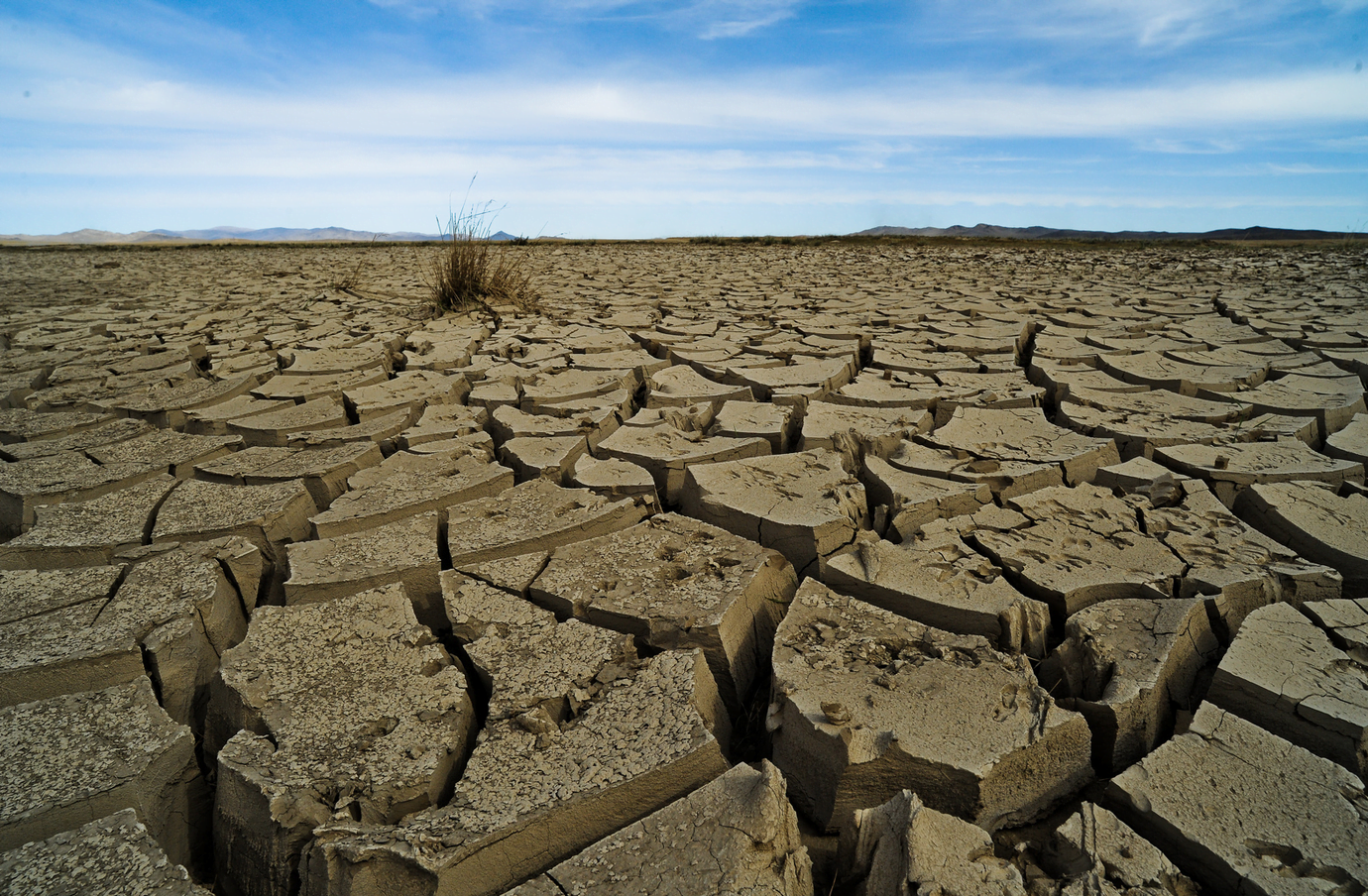Speaking at Georgetown University in Washington, DC earlier this week, Patricia Espinosa, the head of the UN’s climate change program, expressed hope that the US would still cooperate with international efforts to minimize global warming. “One of the reasons that I am today here in Washington is to show how much we value the US as an important partner in this process,” she said.
And, indeed, the last week has given some small reasons for hope. With Scott Pruitt installed as EPA director, President Donald Trump has set about dismantling many of the policies that Obama put in place to confront climate change — but, The Wall Street Journal reports, Trump’s daughter Ivanka and her husband Jared Kushner have convinced the president to leave any mention of the Paris agreement out of these executive orders.
Without a White House directive addressing the Paris Agreement, what the US does or doesn’t do with regard to the UN climate efforts falls to diplomats at the State Department. And the professional staff at the State Department seems likely to make decisions more suitable to the agreement than the White House.
The department is, reportedly, in some degree of disarray: Key positions, including that of deputy secretary of state, have gone unfilled, and Secretary of State Rex Tillerson holds little sway with the president. Trump may be considering cutting the agency’s budget by as much as 30 percent. So, to the extent that the 70,000-person department is functioning, it is doing so on autopilot.
But, so far — at least when it comes to combating climate change — that seems to be working out better than the global community might have expected, for the time being. Espinosa’s office recently announced that the US had indicated, via email, that it would be sending a delegation to the next round of climate negotiations, which will take place in Bonn, Germany, this May. “Of course I hope this means they are not really thinking of [pulling out],” Espinosa told the Financial Times. The move seems to be in line with Tillerson’s sentiment about the Paris deal, expressed in his confirmation hearing, that it’s “important that the United States maintain its seat at the table in the conversation on how to address threats of climate change.” It does not line up with Trump’s repeated promises to ditch the Paris Agreement as quickly as possible.
Climate change is getting hard to ignore
In her Georgetown speech Tuesday, Espinosa also floated the idea that obvious changes in the weather might outpace the administration. Climate change is moving quickly: It was t-shirt weather in Antarctica this week, and for the first time in a decade and a half, Chicago is seeing a winter without snow. “I think that the fact that so many people here in the US are being affected by extreme weather events related to climate change should also be a big force driving this process forward,” Espinosa said, pointing to the fact that insurers are growing increasingly skeptical about insuring homes in states like Florida, where flooding risk is high and growing with climate change.
As climate change progresses, it will become more and more difficult for Trump to maintain that it is, in fact, a hoax. There’s a good chance that the Trump years will see voters growing increasingly concerned about climate change — not as an abstract idea, but as one that is affecting their day-to-day life. Quitting the global effort to confront climate change may not look so good after four more years of record-breaking weather. Perhaps, then, Trump will continue to avoid talking about the agreement, letting Tillerson handle it quietly.
Tillerson’s no climate hawk, but he also doesn’t share Trump’s view that climate change is a “hoax.” If Kushner and Ivanka Trump manage to keep the president’s hands off any decisions related to the deal, and those decisions fall to Tillerson — who would opt to stay in the Paris agreement— then there will be room for a future US president to recommit the US to ambitious emissions cuts.
Ways to maintain that seat at the table
There are many decisions the US can make to decrease its involvement in the deal that still fall short of pulling out, and that may fit Tillerson’s agenda and placate climate-denying members of congress. The US could stay in the deal while ignoring its goals. It could stay in the deal and stop giving aid to help poor countries adapt to climate change. It could even stay in the deal and revise its emission-cutting commitment downward, relaxing its ambitions instead of ramping them up in an attempt to meet the UN goal of preventing more than 1.5 degrees Celsius of warming.
All of this could occur without the US exiting the deal, and are courses of action that Tillerson may be open to while maintaining a “seat at the table.” Trump could ignore the deal without actually rejecting it.
